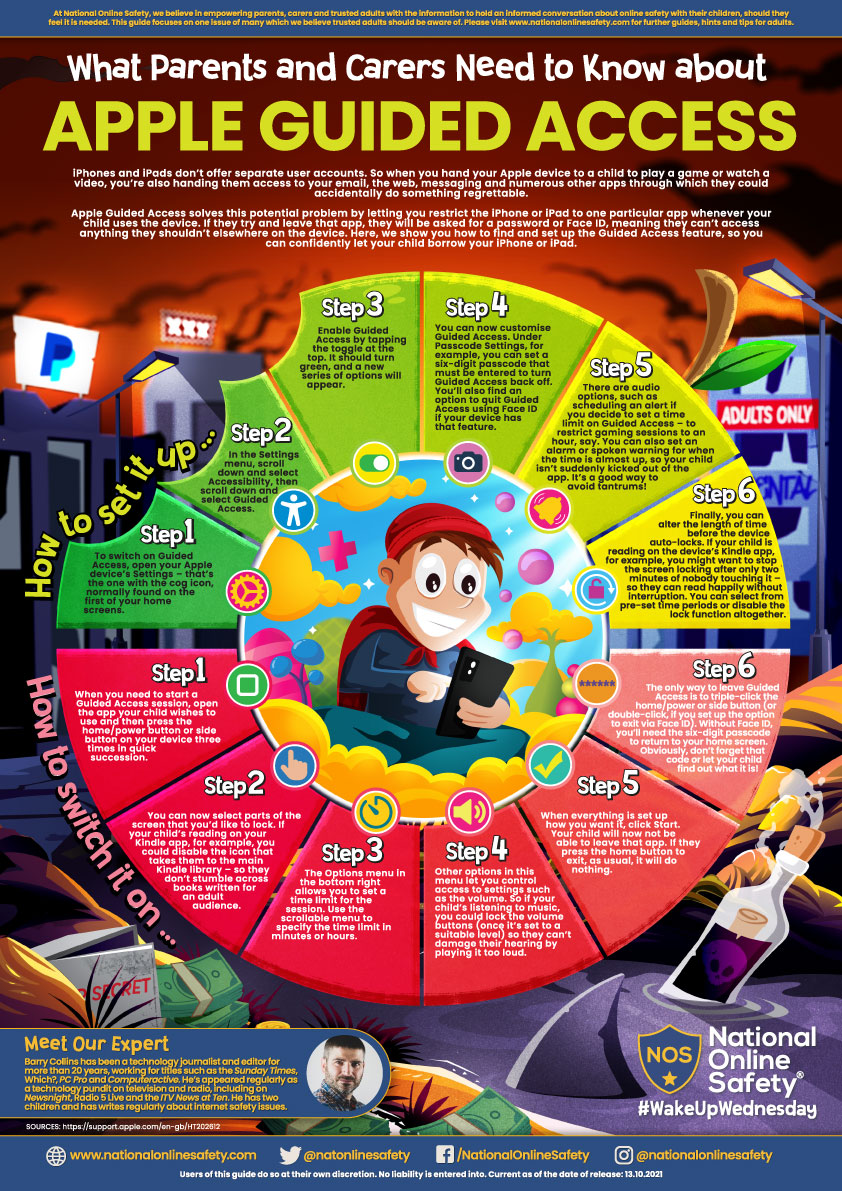What Parents Need to Know About Age-Inappropriate Content
“Inappropriate” means different things to different people. What’s acceptable for one age group, for example, may be unsuitable for a slightly younger audience. Online, young people can chance upon inappropriate content in various way – from pop-up ads to TikTok videos. The increasingly young age at which children become active in the digital world heightens the risk of them innocently running into something that they find upsetting or frightening. Trusted adults need to be able to help children be aware of what to do if they’re exposed to age-inappropriate content. #onlinesafety

What Parents Need to Know About Netflix
Netflix is a subscription-based streaming service that allows users to watch TV shows and movies on any internet-enabled device that supports the software, such as smart TVs, phones and tablets. The pandemic saw a surge in children consuming on-demand content as many families relaxed their screen-time rules. Netflix’s diverse range of programming caters for all age groups – so it’s important for parents to recognise the potential risks of children using the service and the measures to help their child enjoy a safe streaming experience. #onlinesafety
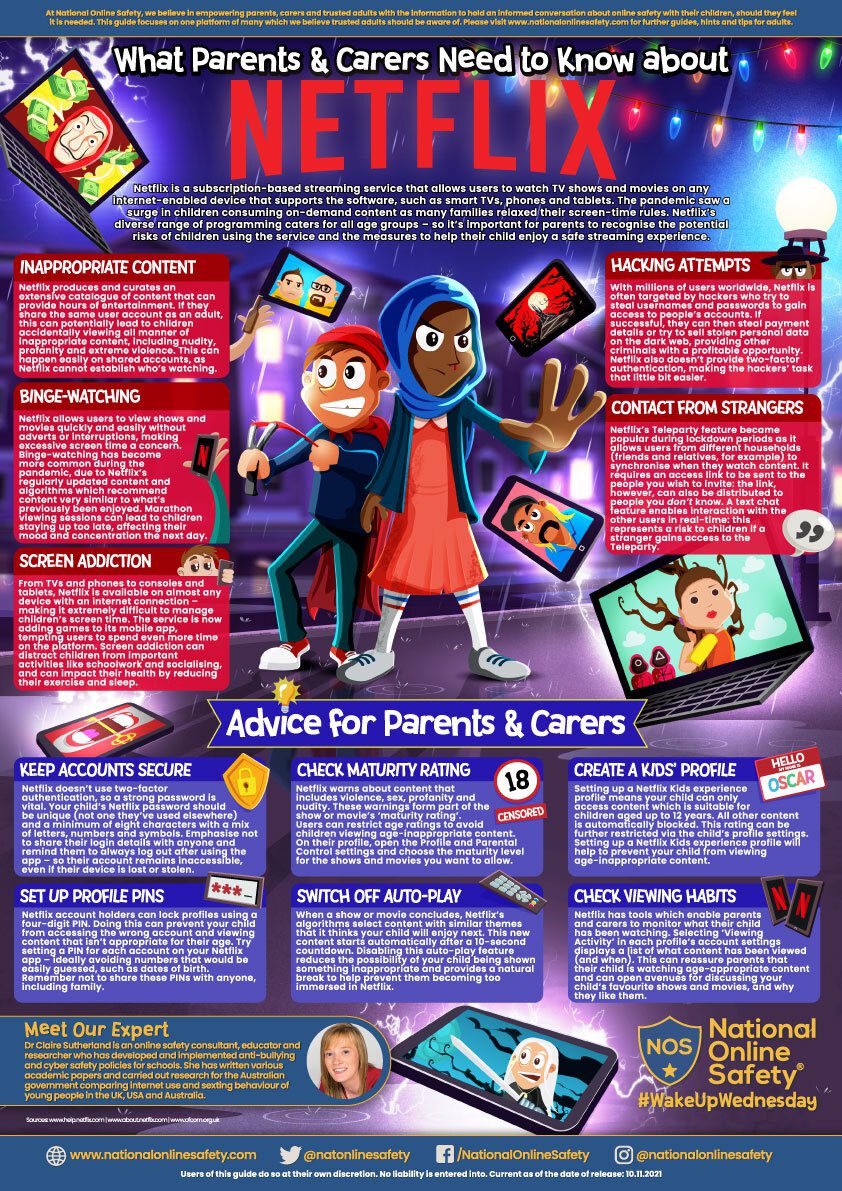
What Parents Need to Know About Squid Game
With themes of horror and violence, it’s important for parents and carers to understand the potential risks posed to young audiences by the nine-episode Netflix-exclusive TV show, Squid Game. The series, rated 15+, is about a world where contestants who are deeply in debt play children's games in order to win cash prizes. The losers, however, are violently killed. The show’s popularity has meant it has spread in various guises across online platforms, with a heightened risk of children and young people potentially viewing unsuitable content. That's why we've created this guide to help parents and carers understand exactly what Squid Game is all about. #onlinesafety
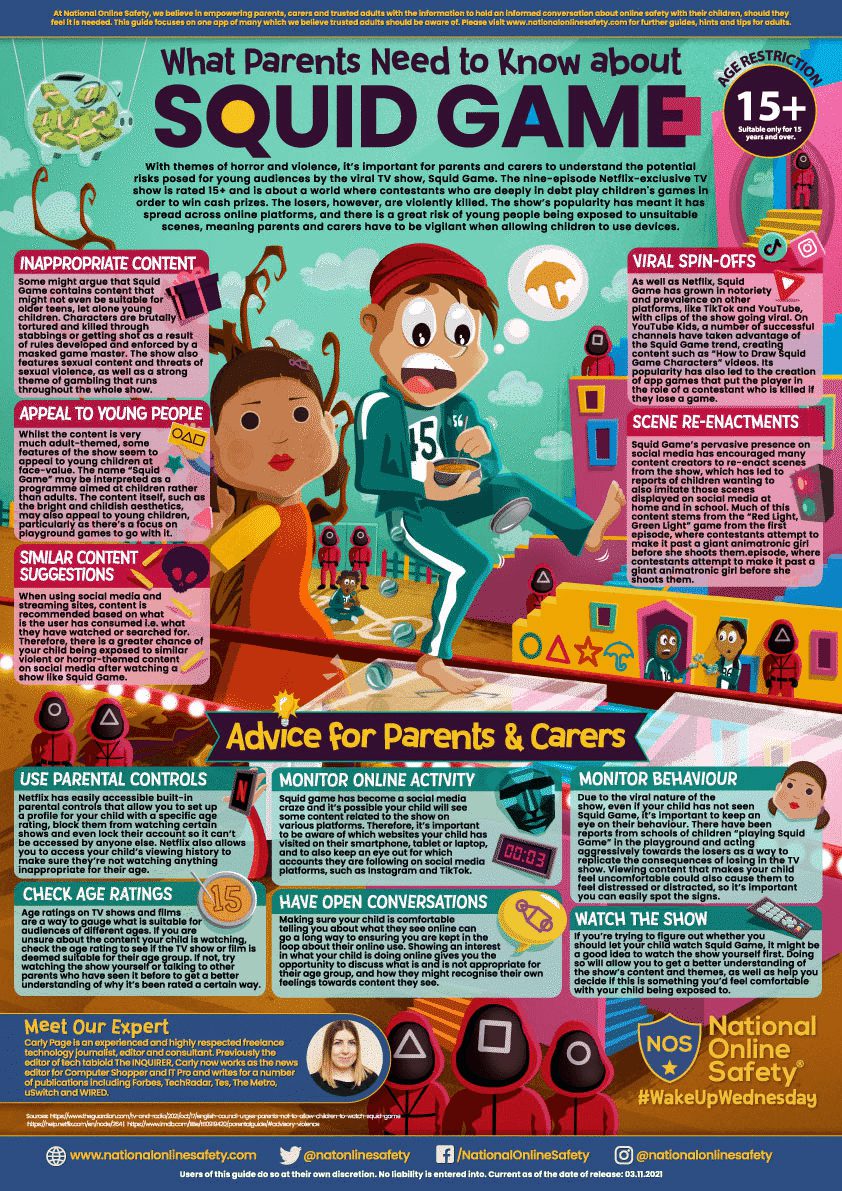
What Parents Need to Know About TikTok
TikTok is a video-sharing social media app which lets people create, view and download looping 15-second clips. Typically, these are videos of users lip-syncing and dancing to popular songs or soundbites (often for comic purposes), enhanced with filters, effects and text. Designed with young people in mind, TikTok skyrocketed in popularity in 2019 and has featured near the top of download charts ever since. It now has around 1 billion active users worldwide. #onlinesafety
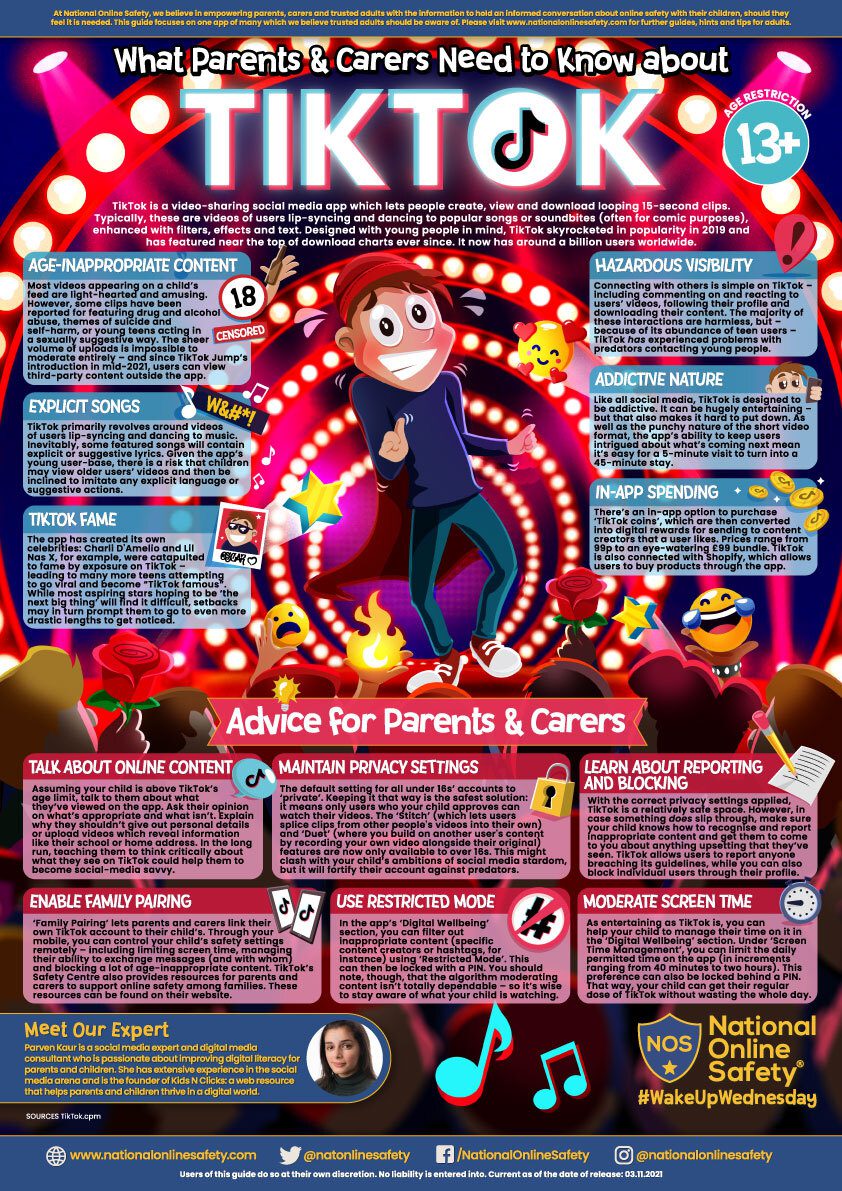
What Parents Need to Know About Social Bots
Bots are computer-generated accounts which sit on social media, masquerading as humans. While many are harmless or even have good intentions, others are designed to extort, sell products, spread propaganda or bully human users. Bots – short for ‘robots’, of course – are often confused with state-funded troll accounts; the two can be difficult to tell apart. However, if the results are the same, then both should be treated similarly. In the guide, you'll find tips on a number of potential risks such as cyberbullying, extortion and astroturfing. #onlinesafety
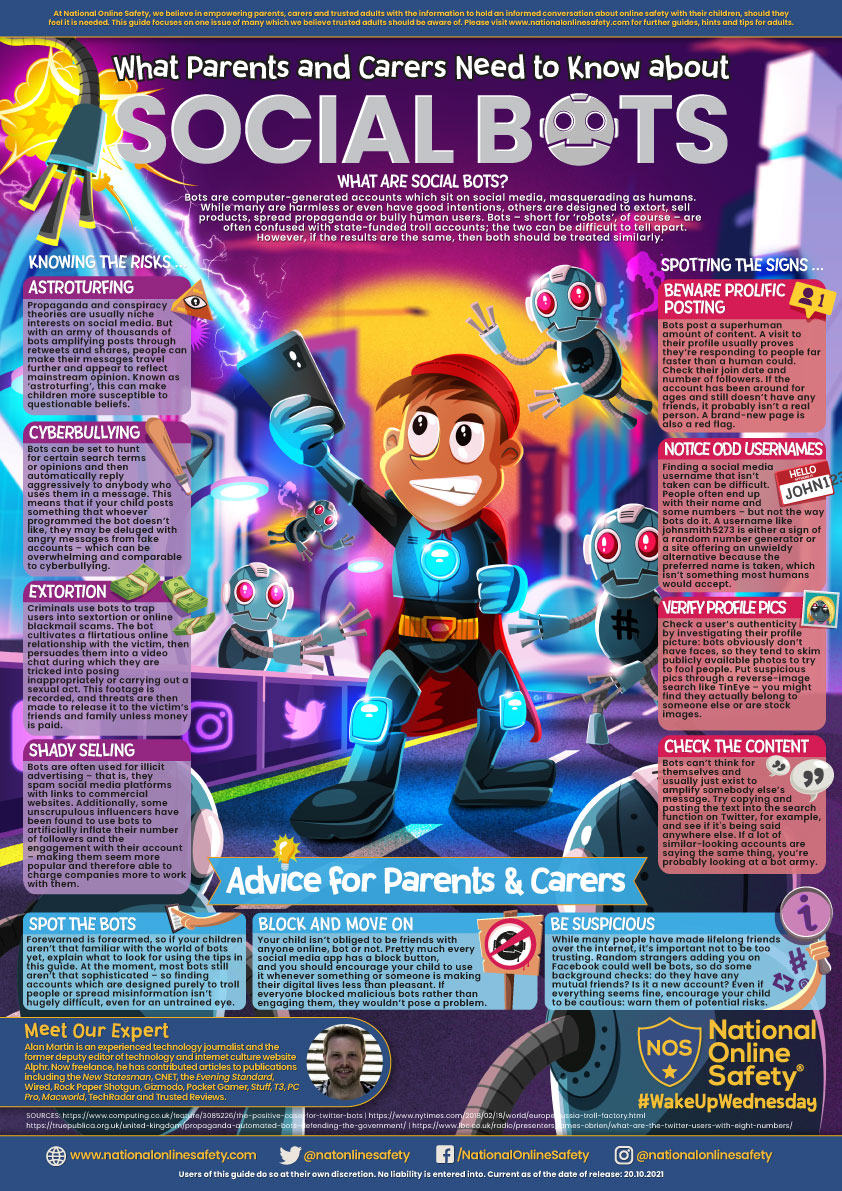
A free online safety guide on Apple Guided Access.
iPhones and iPads don’t offer separate user accounts. So when you hand your Apple device to a child to play a game or watch a video, you’re also handing them access to your email, the web, messaging and other apps through which they could accidentally do something regrettable. Apple Guided Access solves this problem by letting you restrict the iPhone or iPad to one particular app whenever your child uses the device. If they try and leave that app, they will be asked for a password or Face ID, meaning they can’t access anything they shouldn’t. Here, we show you how to find and set up the Guided Access feature, so you can confidently let your child borrow your iPhone or iPad.
